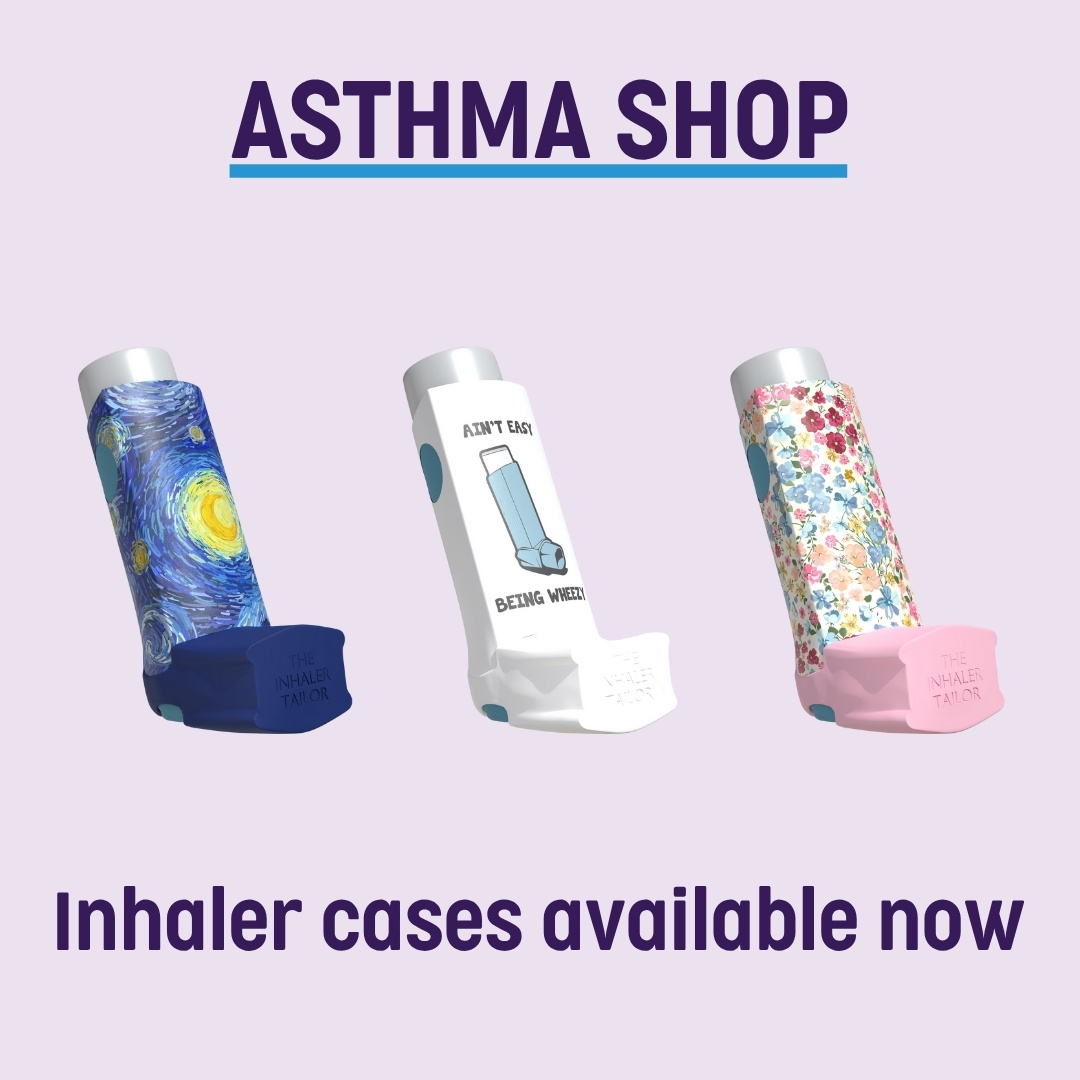Why Allergy Season in Australia Is Challenging
Spring in Australia is beautiful- but for people with asthma and allergies it can also be one of the hardest times of year. Bursts of warm, windy weather bring high pollen counts, which can inflame sensitive airways. Dust, smoke from planned burns and outdoor pollution can add another layer of risk.
Asthma and hay fever are closely linked – it is the most common type of allergy that overlaps with asthma. About 80% of people with asthma also have hay fever. Both are related to sensitivity in your airways. For asthma, the airways of the lungs are sensitive, while hay fever creates sensitivity in the nose. Your nose and lungs are connected, so hay fever can trigger your asthma.
Spring Allergies and Asthma Triggers
Common triggers during the Australian allergy season include:
- Pollen and hay fever – grass, weed and tree pollen can spread through the air for long distances. Check pollen counts available in your area for daily updates.
- Mould spores – spring rain plus warm air can lead to mould growth indoors and outdoors.
- Dust – spring cleaning or windy weather can stir up fine particles of dust in the air.
- Outdoor air pollution – bushfire smoke or planned burns are a common trigger.
Many people also react to triggers inside their own homes. Our Healthy Homes Guide can help you recognise and address triggers like Volatile Organic Compounds (VOCs), dust and mould inside your house.
Asthma in Spring: Symptoms to Watch For
Watch for signs your asthma is being flared up by spring triggers, such as:
- Persistent coughing or wheezing
- Breathlessness
- Chest tightness
- Needing your reliever more often than usual
If you notice symptoms increasing, follow your Asthma Action Plan and speak to your doctor as soon as possible.
Managing Asthma and Allergies in Spring
There are many ways you can stay in control of your asthma and allergy symptoms during the spring months.
- Use your preventer medicine as prescribed. This helps reduce your lungs’ sensitivity to triggers. Using a preventer can help prevent symptoms and reduce asthma attacks all year round – not just in spring.
- Follow your Asthma Action Plan if you notice your symptoms increase.
- Monitor High Pollen Counts and plan your day accordingly.
- Close windows and doors on high-pollen or smoky days.
- Consider wearing a mask when outdoors if you’re sensitive to pollen.
Prevention Strategies During Allergy Season in Australia
Taking small steps at home can help keep a safe air space inside:
- Wash bedding weekly in hot water and use dust-mite proof covers.
- Ventilate bathrooms and kitchens and quickly dry any damp areas.
- Switch to low-VOC cleaning products if possible.
- Consider using an air purifier with a HEPA filter and keep windows closed on high-pollen days.
- Limit outdoor activity when pollen counts are high.
Limit Exposure to VOCs in Your Home
VOCs are chemicals that evaporate from products such as new furniture, carpet, cleaning agents and paints. They can irritate the lungs, particularly in people with asthma or allergies. Choosing low-VOC or VOC-free materials, and improving ventilation, helps reduce indoor airborne irritants that could flare-up your asthma or allergy symptoms.
Consider Your Sleep Environment
You spend a third of your time in your bedroom, so it makes sense that allergens in this space could contribute to your asthma and allergy symptoms – including your mattress. Traditional synthetic foam mattresses can emit VOCs for months after purchase. A natural latex mattress – such as the Peace Lily latex mattress – offers a low VOC alternative.
These type of mattresses are:
- Made from natural materials with low VOC emissions
- Naturally resistant to dust mites and less likely to trap moisture, helping to prevent mould
Peace Lily are donating a portion of their sales from their natural latex mattresses to Asthma Australia when you use the code ASTHMA.
 |
When to Seek Medical Attention
If you are continuing to experience asthma and allergy symptoms this spring, be sure to see your doctor. There are many choices of asthma preventers, anti-inflammatory relievers or hay fever treatment they may be able to recommend.
In an asthma emergency always call an ambulance on triple zero (000) and follow your Asthma Action Plan.
Read more about asthma attacks here.
The right preventative treatment can prevent hospital visits and keep you safer during spring.
Key Takeaway
This time of year can be challenging for people with asthma and allergies, but by using your preventer, understanding your triggers, checking daily pollen forecasts and making your home healthier, you can breathe easier this spring.





 1800 278 462
1800 278 462



